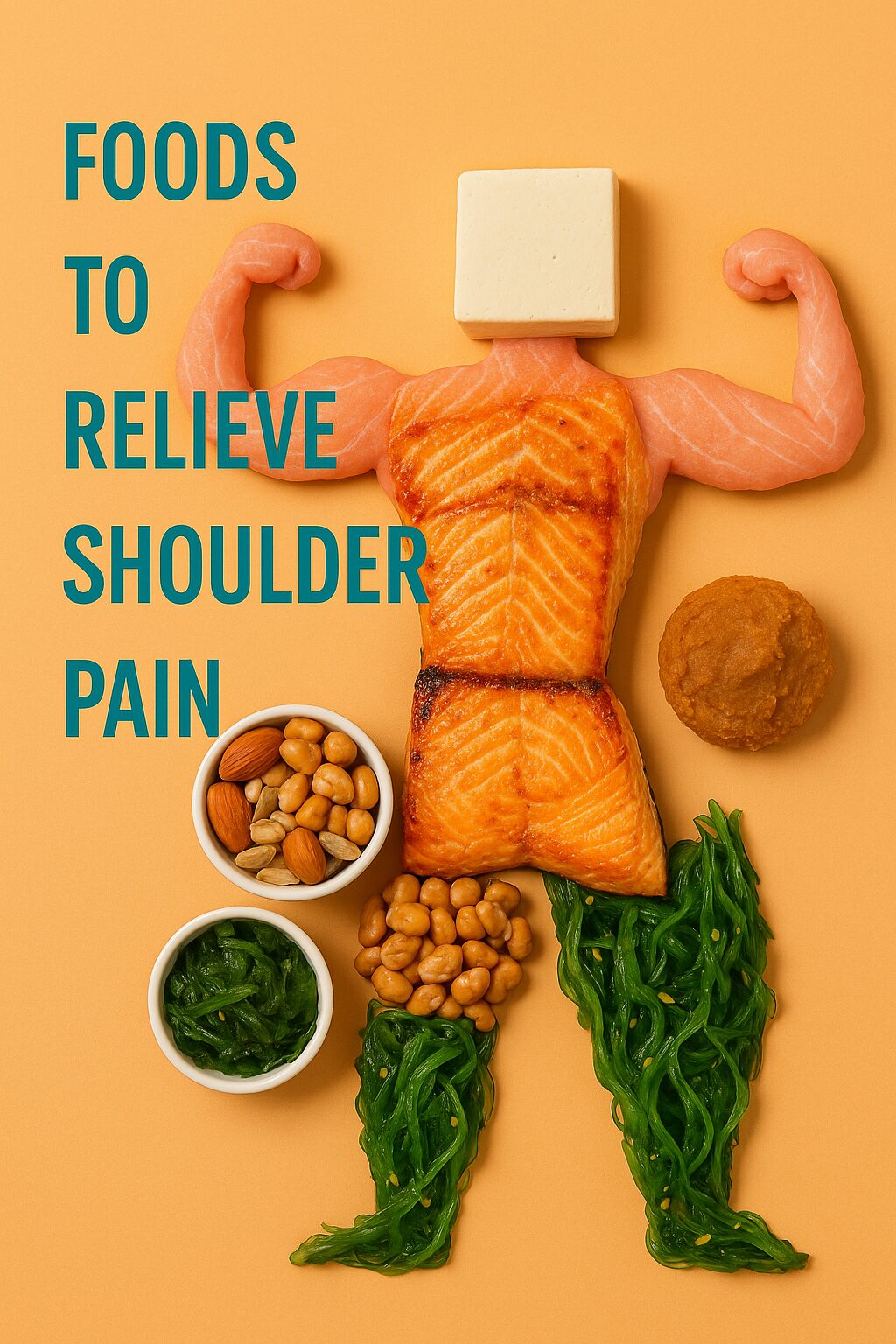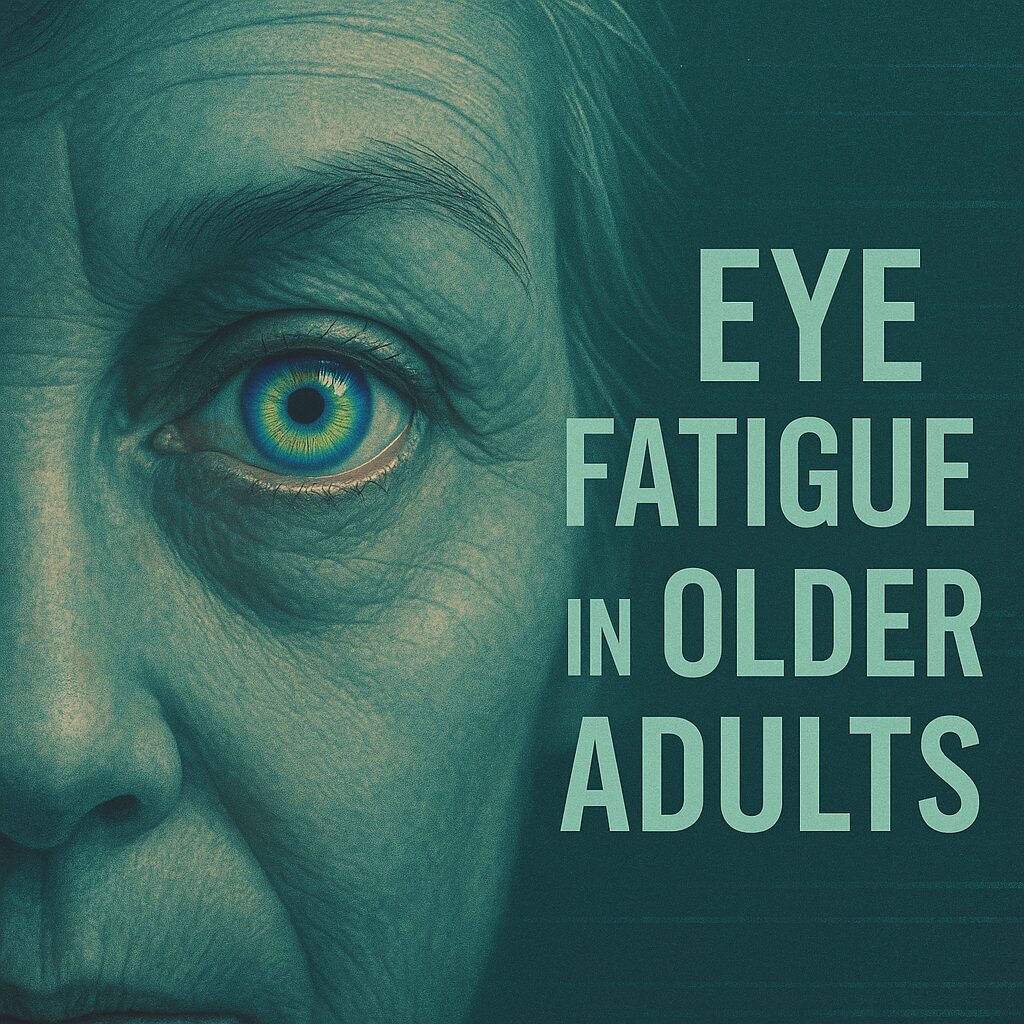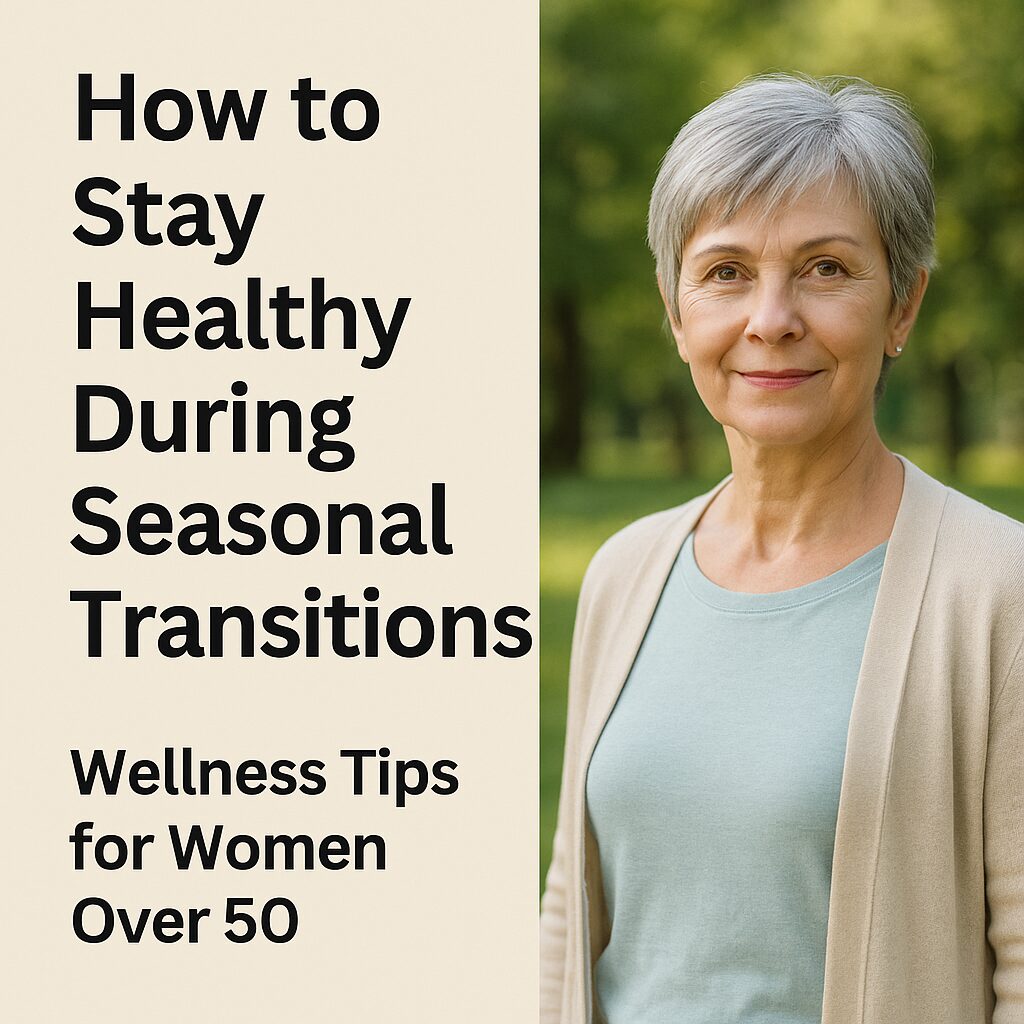As temperatures rise, many people—especially older adults—find themselves skipping meals or eating far less than usual. The combination of heat, humidity, and physical fatigue often leads to a loss of appetite in summer. While it may seem harmless at first, this seasonal pattern can have lasting effects on your health.
In this article, we’ll explore why hot weather affects your appetite, what risks it poses, and how to stay well-nourished with smart food and lifestyle choices—drawing inspiration from Japanese traditions and natural wellness.
Why Hot Weather Reduces Your Appetite
The Body’s Cooling Mechanism
When the weather is hot, your body works harder to stay cool. Blood is directed away from your digestive organs and toward the skin’s surface to promote sweating and regulate body temperature. This process can naturally slow down digestion, leading to a suppressed appetite.
Emotional and Physical Fatigue
Heat also saps your energy and motivation. You may feel lethargic, irritable, or simply too tired to think about food. These feelings are especially common among women over 50, who may already be coping with changes in metabolism and hormone balance.
The Health Risks of Skipping Meals or Eating Poorly in Summer
Nutritional Deficiency and Muscle Loss
Regularly skipping meals or eating only light snacks can lead to nutrient deficiencies, particularly in protein, calcium, and vitamins that are vital for maintaining muscle mass and bone density. Older adults are more prone to sarcopenia—age-related muscle loss—which accelerates without proper nutrition.
Immune System Weakening
A poor diet compromises your immune system. In summer, this means you’re more vulnerable to heat exhaustion, dehydration, and infections. Staying nourished isn’t just about energy—it’s about protecting your whole system.
Learn more about nutritional needs in hot weather from the CDC:
https://www.cdc.gov/disasters/extremeheat/heattips.html
What to Eat When It’s Too Hot to Eat: Smart Food Choices
Choose Cooling and Easy-to-Digest Meals
Traditional Japanese food offers great examples of light yet nourishing meals. Try cold soba noodles, chilled tofu, miso soup with seasonal vegetables, or rice porridge with umeboshi (pickled plum). These dishes are gentle on the stomach but still rich in umami and nutrients.
Fermented foods like miso, natto, and pickled vegetables also support your gut health, which is essential for overall digestion and energy production.
Hydration-Rich Foods
Watermelon, cucumbers, and tomatoes are packed with water and electrolytes. Add them to salads or eat as snacks throughout the day. Hydration is a key part of appetite regulation—sometimes what feels like a lack of hunger is actually dehydration.
Include Protein, Even in Small Doses
If large meals feel overwhelming, opt for small, frequent portions that include protein. Edamame, yogurt, hard-boiled eggs, or miso soup with tofu are excellent summer-friendly options.
For more on healthy Japanese summer foods, see this guide from Just One Cookbook:
https://www.justonecookbook.com/summer-foods/
Supporting Your Body Naturally: Isoflavones and Hormonal Balance
Hormones and Appetite in Midlife
As estrogen and DHEA levels decline during and after menopause, women may experience changes in appetite, digestion, and energy. Hormonal imbalance can worsen the effects of summer heat on your metabolism and fatigue levels.
Fermented Soy Isoflavones to the Rescue
In Japan, many women benefit from fermented soy-based diets, which are naturally rich in aglycone isoflavones—compounds shown to support hormonal balance and improve appetite and energy. This dietary approach helps explain why Japanese women often report fewer menopausal symptoms compared to Western women.
Juveriente’s Effisoy was developed with this principle in mind. It offers a natural way to support your body’s ability to regulate hormones like DHEA, which in turn may help reduce age-related fatigue and improve your response to seasonal stressors like heat and appetite loss.
Learn more about Effisoy here.
Simple Habits to Stay Energized and Nourished All Summer
Eat on a Schedule
Even if you’re not hungry, stick to a light but regular meal schedule. Your body thrives on rhythm, and predictable eating times help regulate digestion and appetite.
Stay Hydrated with More Than Water
Herbal teas, barley tea (mugicha), or electrolyte-rich drinks like coconut water can make hydration more enjoyable while replenishing minerals lost through sweat.
Keep Moving
Gentle activities like walking, stretching, or practicing yoga in a cool room can help stimulate appetite and circulation. Movement also supports mood and energy.
Cool Down Naturally
Use fans, breathable clothing, and cool showers rather than relying solely on air conditioning. Sudden temperature differences between indoor and outdoor environments can make fatigue and appetite loss worse.
Final Thoughts
Loss of appetite in summer is common, but it doesn’t have to lead to poor health. By choosing hydrating, easy-to-digest meals, supporting your hormonal balance, and staying mindful of your body’s signals, you can maintain energy and wellness even on the hottest days.
Take inspiration from the Japanese way of eating—light, seasonal, and rich in fermented goodness—and consider natural supplements like Effisoy if hormonal changes are part of your summer struggles.
Stay cool, stay nourished, and listen to your body.
Juveriente Effisoy: A Natural Solution for Hormonal Balance and Energy Restoration
Juveriente®’s Effisoy® offers a natural solution to combat age-related fatigue in summer by supporting hormonal balance. Launched in 2016, Effisoy® is based on fermented soybean germ extract, a traditional Japanese ingredient known for its potential to ease menopause symptoms and improve overall vitality.
Effisoy® works by boosting the body’s natural synthesis of DHEA, a hormone precursor crucial for maintaining balanced hormone levels. As we age, the body’s ability to produce DHEA declines, contributing to symptoms of fatigue and decreased energy. Effisoy® helps restore this balance by enhancing the body’s own hormone production processes. It supports hormonal balance safely, without introducing external hormones, allowing your body to regulate its hormone composition naturally.
This balance not only aids in reducing age-related fatigue but also promotes healthier skin and overall well-being. While Effisoy® benefits both men and women, it has become especially popular among women experiencing menopause, helping to alleviate symptoms like fatigue, mood swings, and skin aging.
By addressing the hormonal changes associated with aging, Juveriente®’s Effisoy® provides a natural and effective way to restore energy levels and combat age-related fatigue, helping you feel more vibrant and energized as you age.
Here are some of the real product reviews in our Amazon shop.
“Restful sleep finally!!”, “I Am Now Free of Hot Flashes!!”, “Lifesaver”




































